2023 Toyota Prius Prime Review: First Drive

FAST FACTS
| Engine: | 2.0L I4 + hybrid |
| Output: | 220 hp, 139 lb-ft |
| Transmission: | eCVT, FWD |
| US fuel economy (MPG): | 53/51/52 |
| CAN fuel economy (L/100KM): | 4.9 (combined) |
| Starting Price (USD): | $33,445 (inc. dest.) |
| As-Tested Price (USD): | $37,705 (inc. dest.) |
| Starting Price (CAD): | $39,850 (inc. dest.) |
| As-Tested Price (CAD): | $44,850 (inc. dest.) |
I still haven’t got used to the 2023 Prius’ dramatic new looks, and already Toyota has us back for a new variation. Meet the 2023 Toyota Prius Prime.
Yes, the Prime is back, a plug-in model of the four-door liftback with a much-improved all-electric range—but also around 100 horsepower than before, which has Toyota pitching this as the sporty option of the Prius family. I spent a day in Carlsbad, California, to find out if it the new Prime deserves that spot, and if it maintains the usefulness of the last Prime.
The result is a car that is ever so slightly less spacious than the one it replaces, but offers buyers a massively improved driving experience. The whole package comes wrapped up in the same newfound sense of style the Prius debuted late last year, too.
Get a Quote on a New 2023 Toyota Prius2023 Toyota Prius Prime Review: What’s new?
So what exactly makes a Prius a Prime? Well for starters, Toyota slightly updates the electric motor, so it’s now running at 650 volts instead of 600, and it’s pulling charge from a much larger, 13.6-kWh lithium-ion battery pack. The electric motor itself peaks at 161 horsepower. Now pair that with the same 2.0-liter, 150-horsepower gas engine that’s in the regular Prius, and you’re looking at a total combined figure of 220 horsepower. (Yay, different power curves). The dash to 60 mph (96 km/h) now happens in 6.6 seconds—some three seconds quicker than before, and barely slower than the previous Toyota 86.
One important distinction for Prius Prime: if you want AWD, well, too bad, at least for now anyway. Toyota is keeping this a front-drive-only affair, with all-paw grip and plug-in power mutually exclusive. However, because it is doing that, you’re looking at a major improvement in all-electric range. The base model can now do 44 miles (72 kilometers) on nothing but electrons. And the XSE and XSE Premium can do very nearly 40 miles (64 km).
Unlike the old model, this one doesn’t come with completely different front and rear clips. You’ve basically got the same dramatic looks, with only the Prime badging and unique wheel designs to tell it apart. The XSE models get the spindly, wind-swept 19s you see here; the SE features very cool, chunky five-spoke 17-inch items. There is an optional solar panel roof on the top trim, though that’s a US-only option—sorry, Canada.
Same driving experience, now with more control
From behind the steering wheel, the Prime is pretty darn similar to the regular Prius, and in my books that’s a good thing. Despite the on-paper stats, it isn’t noticeably quicker than the regular Prius in everyday situations, because while it is more powerful it is carrying more weight. But I like that the steering is light and consistent, and it feels a lot more pointier and more enthusiastic than the previous Priuses—sorry, Prii—all of them, for that matter.
If you really dig into the throttle in the Prime, you do get that CVT moan that’s also typical in most Toyota hybrids. But if you’re not foot-to-the-floor all the time, like most people during most daily drives, it’s actually a very quiet and refined space to spend time. There’s not a lot of wind noise, and the increased EV-only range means the gas engine can sleep in on more occasions. There is a fair amount of noise from the side of the vehicle, namely when kicking up water from puddles, as I find during the unpredictable SoCal weather.
One of the benefits of going Prime versus regular Prius is that you get the choice of how to spend that increased battery capacity. A button down by the shifter allows drivers to switch between Hybrid mode or EV mode button. Or, if you hold it, you can enter Charge mode, which turns the gas engine on at all times to build up more charge in the battery. It’s useful if you’d like to prioritize battery power for, say, downtown errands.
Speaking of charging, regen braking is reasonable in the Prime. Plug it into a standard 120V outlet and the battery is topped up in 11 hours; a Level 2 setup does the deed in about 4 hours.
Toyota’s driver assists are generally on the right side of unobtrusive and natural. That said, I find the front cross-traffic alert aggressive, especially waiting to turn right at an intersection. Proactive Driver Assist, which acts upon the steering and brakes to keep the car centered in its lane and far enough away from cars in front, can also feel unnatural.
The EPA rates the Prius Prime at 127 mpg-equivalent in SE trim, and 114 mpge for the XSE pair. For Canadians, those numbers are 1.8 Le/100 km and 2.1 Le/100 km. Combined fuel economy is 52 and 48 mpg (4.5 and 4.9 L/100 km), respectively.
Familiar, usable interior
As is the case outside the car, the Prime’s cabin is pretty much a carryover from the gas Prius. The biggest difference is the splash of red the interior has gained, and that goes for all trims, because red equals sporty, naturally.
You’ve got some rouge covering the dashboard, and two shades of the stuff trimming the seats. The thrones themselves are pretty comfortable. I do find the lower cushion a little short—and that’s for my short legs—but otherwise no real complaints. Front headroom is pretty okay in the XSE I spend most of my time in, but it’s also sans moonroof or solar roof. Second-row head space is at a premium, however. Cargo space is fractionally smaller than the previous Prius hybrid, but still increased over the previous Prime.
I said it in the regular Prius review, and I’ll say it again: I’m a fan of the smaller-diameter steering wheel, and I like that Toyota really encourages people to put it nice and low so you can see that deep-set digital instrument cluster. That base-of-the-windshield placement eliminates the need for one of my favorite modern features in a car, a head-up display. I also appreciate how many actual physical buttons are on the steering wheel.
The latest Toyota Multimedia System is a cinch to use, with a simple main menu, accurate voice assistant, and wireless phone mirroring. Some folks will miss the tuning knob, however, and the 8.0-inch screen can make some menus quite cramped. A 12.3-inch screen is optional on XSE and standard on XSE Premium.
2023 Toyota Prius Prime Review: Dollars and sense
As standard, the Prius Prime comes with an 8.0-inch touchscreen, Toyota Safety Sense 3.0, six USB-C ports, rain-sensing wipers, a heated steering wheel, and more. All that comes in the Prius Prime SE, which lists for $33,445 ($39,850 CAD) including destination. Next up is the XSE for $36,695 ($44,850 CAD), followed by the XSE Premium for $40,265 ($48,850 CAD). The XSE adds heated seats; Premium adds ventilation, with rear heat optional.
The closest direct plug-in competitor is the Kia Niro, which also debuted a new generation for 2023. It’s a much more pragmatic choice, with a boxy shape giving it a serious space advantage. Both are front-drive only, but the Prius is the nicer car to drive and—arguably—to look at.
Final Thoughts: 2023 Toyota Prius Prime First Drive Review
The 2023 Toyota Prius Prime is a useful addition to the lineup. Sure, we could complain about the ever-so-slightly reduced trunk space, or that the styling isn’t different from the regular models but a) were talking fractionally here, compared to the previous Prius hybrid, and b) do you really want it to look different than this?!
With the increased range, tech, and style, the new Prius Prime is an affordable and efficient plug-in hybrid that’s sure to appeal to existing owners, and gain new fans as well.
FAQs
How much does the 2023 Toyota Prius Prime cost?
The latest plug-in Prius starts from $33,445 ($39,850 CAD).
When can you buy the 2023 Toyota Prius Prime?
The 2023 Toyota Prius Prime will begin arriving in dealerships this May.
How far can the 2023 Prius Prime go on a single charge?
Without using gas, the 2023 Toyota Prius Prime can travel 44 miles (72 km).
Become an AutoGuide insider. Get the latest from the automotive world first by subscribing to our newsletter here.
LOVE IT
- Great looks
- Vastly improved driving experience
- Best-of-both-worlds drivetrain
LEAVE IT
- Nanny driver assists
- Short on headroom
- Not much different to drive from regular hybrid

Kyle began his automotive obsession before he even started school, courtesy of a remote control Porsche and various LEGO sets. He later studied advertising and graphic design at Humber College, which led him to writing about cars (both real and digital). He is now a proud member of the Automobile Journalists Association of Canada (AJAC), where he was the Journalist of the Year runner-up for 2021.
More by Kyle Patrick



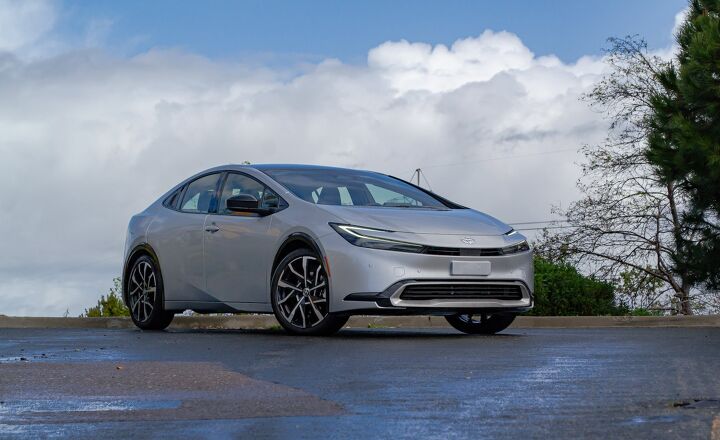
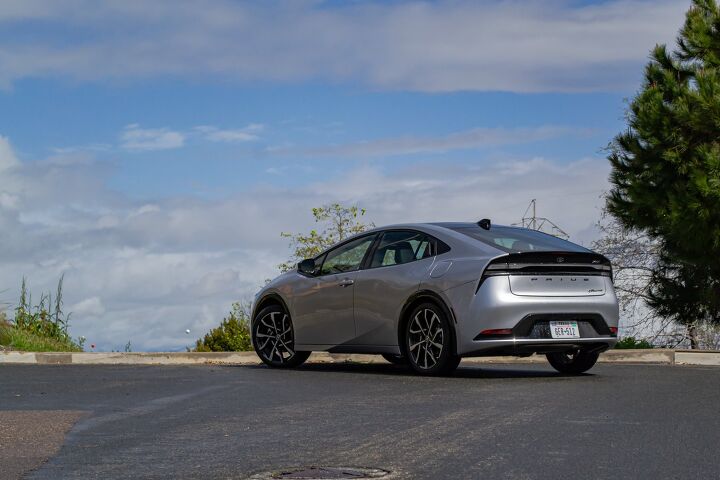






















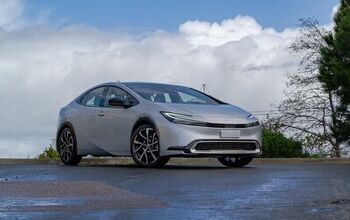
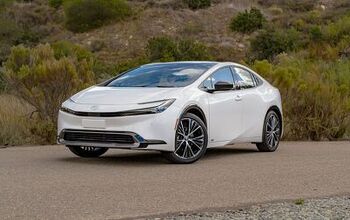
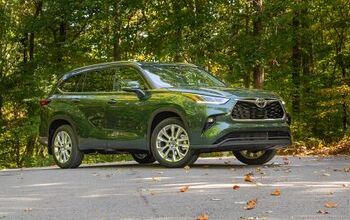
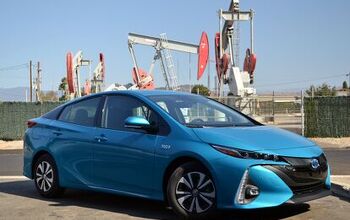



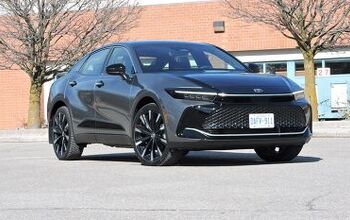

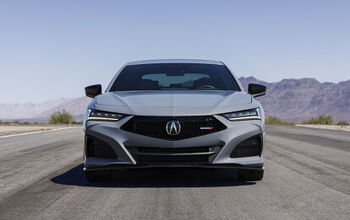
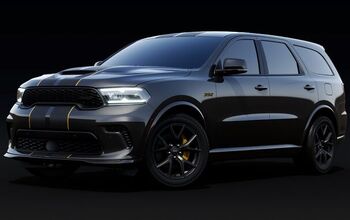
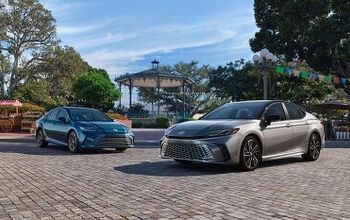


Comments
Join the conversation
How does the Prius Prime compare with the, now discontinued, Chevrolet Volt